The Remnants of Manhattan's Thirteenth Avenue
Manhattan's Thirteenth Avenue was made on landfill then deliberately destroyed — apart from one small, obscure block.
One of Manhattan’s popular weekend destinations, the Hudson River Greenway bustles with locals and tourists alike, jogging, cycling, or simply enjoying the attractive neighborhoods along the waterfront. But among all the repurposed warehouses and piers, hardly anyone notices one small, fenced-off area untouched by the surrounding development.
Jutting out into the Hudson River west of Eleventh Avenue and between Gansevoort Street and Little West 12th Street, this tiny peninsula is home to some dilapidated buildings as well as a parking lot and depot used by the New York Department of Sanitation. But this apparently out-of-place little nub is all that remains of Manhattan’s lost Thirteenth Avenue.
The grid street plan created for Manhattan in 1811 called for 12 grand north-south avenues (Lexington Avenue and Madison Avenue were later shoehorned into the layout). In 1837, however, with the city eager to expand and create more commercial shoreline, plans were made to create a thirteenth avenue by landfilling hundreds of feet of the Hudson River from 11th Street to 135th Street. The city sold underwater plots of “land” to interested parties who began hauling in trash and dirt and paving the results, allowing Thirteenth Avenue to slowly rise from the waters.
Its emergence, however, was short-lived. At its greatest extent, Thirteenth Avenue ran from 11th Street to 29th Street, where it merged with Twelfth Avenue. Then, around the turn of the century, New York found that it needed to build new, longer piers to accommodate the larger ocean liners that at the time, represented the state-of-the-art in marine vessels. Unfortunately, Thirteenth Avenue did not leave enough room to build these piers without extending beyond the city’s jurisdiction, so officials opted instead to demolish the newly-built avenue to make way for the construction of Chelsea Piers.
The only block that was spared was the site of the West Washington Market — the small outcropping which today is known as Gansevoort Peninsula. Although not appearing on any official maps, and not signposted, Google Maps still shows the one-block remnants of the old avenue, which — being a Department of Sanitation facility — is not open to the public. It speaks to a time when the City of New York was such a booming port town, that it artificially created an avenue and then erased it, both for the sake of dock space.
Know Before You Go
Thirteenth Avenue lies to the west of the West Side Highway, directly opposite Gansevoort Street.
Community Contributors
Added by
The Atlas Obscura Podcast is Back!








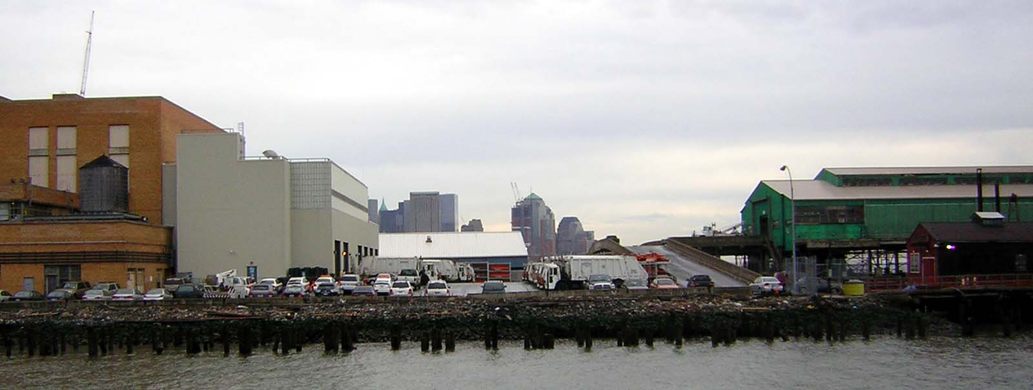





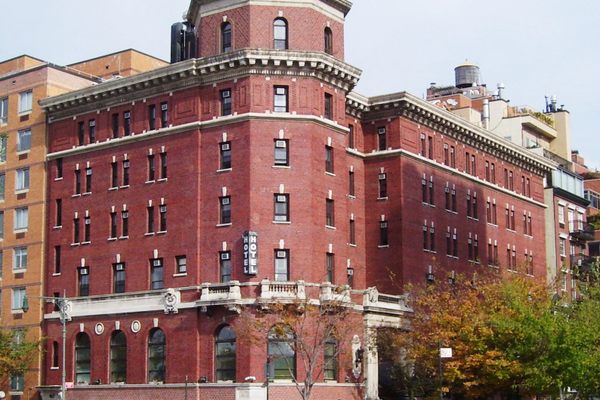



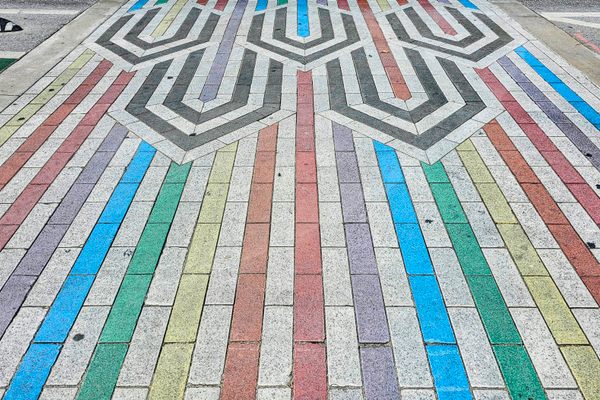
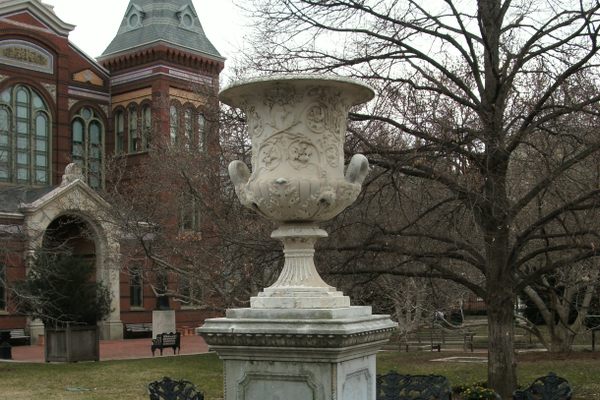
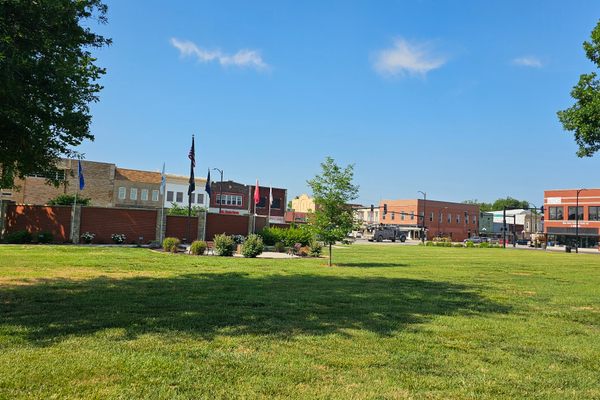



Follow us on Twitter to get the latest on the world's hidden wonders.
Like us on Facebook to get the latest on the world's hidden wonders.
Follow us on Twitter Like us on Facebook